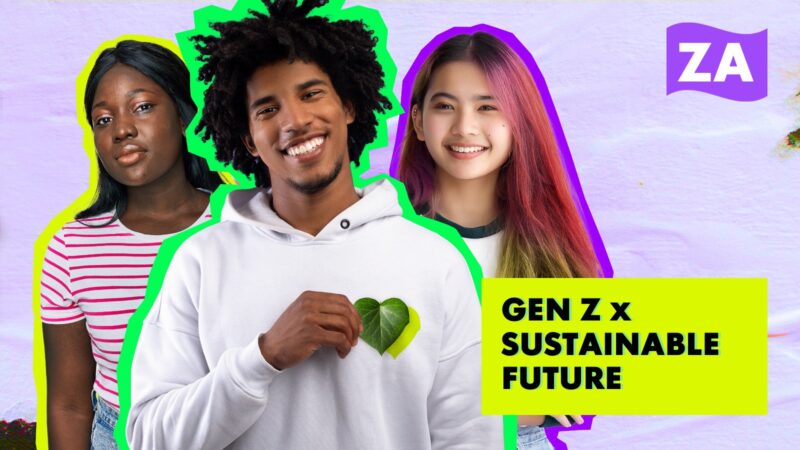Great conversations with small people
In April 2010, Nickelodeon (in cooperation with InSites Consulting) interviewed 400 parents and 400 children between 6 and 12 years. The aim of “Great conversations with small people” was to examine how conversations between children and their parents determine the contents of the shopping list.
Specifically, it aimed to explore how children and their parents communicate with each other in the purchase of products and brands. The decision-making process was mapped out for over thirty different product categories. This yielded interesting insights. It appears that conversations between parents and children are the basis for purchases. Children are increasingly acquiring an advisory role in the purchasing process of the family. Parents do not only encourage this interactivity but also take advantage of it. Children in turn want nothing more than to assist their mom or dad in making the right choice. The end of the Pester Power era – or the negative image of nagging children in the supermarket – therefore seems to be in sight.
Whether or not a brand is frequently seen on television strongly determines the brand choice of children (in 55 % of cases). The “coolness” of a brand (36 %) and the appreciation by parents (30 %) are ranked second and third place when it comes to brand choice of the children. Parents also have a clear preference for certain brands when buying for their children. This preference is mainly determined by own use (55 %) and the fact that their son or daughter has asked for a brand (49 %). Finally, nostalgia towards their own childhood plays a major role (40 %).
In three out of four cases it is the children themselves who initiate conversations. The conversations usually involve asking parents to continue buying the same brands or products (in 75 % of cases). In contrast, in 16 % of the conversations, children convince their parents to try out a brand or product for the first time. It is important here that children articulate their message in a positive manner. Children also discuss brands among themselves. Game consoles are a favorite topic, followed by theme parks, toys and mobile phones. The positive nature of the conversations is striking here as well. According to the survey, this makes children very efficient ‘brand ambassadors’. Along with affluence, the conversations between parents and children have reinforced the participation of children in the purchasing process.
For traditional categories such as toys, shoes, clothing and gaming consoles, parents indicate that children help choose in nine out of ten cases. The influence of children on the purchasing process in less traditional categories was examined as well. For instance, parents indicate that eight out of ten times, children have a say in the holiday destination and that three out of ten kids help decide on a new car. The age of the children appears to play a significant role. For example, slightly older children – from nine to twelve – leave a much clearer mark when it comes to deciding on the brand choice of a computer, stereo, car, bank account or a subscription for digital television than younger children – from six to eight years.
 On average, children come along on one in every two shopping trips. Only 2 % of children never come along. For parents, shopping together has primarily a social function: the children themselves enjoy it, it’s more fun than shopping alone or it’s a chance to spend time together. Practical reasons, including lack of a babysitter, also occasionally determine whether parents and children shop together. Such a joint shopping trip is especially useful for parents to immediately gauge the opinions of, and obtain confirmation by, their children during the shopping trip. Children also love assisting their mom and dad in making the right choice. It is therefore unsurprising that, when out shopping, children codetermine which products end up in the shopping trolley. One in two parents ask their children what products they prefer. Half of the parents also indicate that they spend more time in the shop when they are accompanied by their children and therefore make more purchases than originally planned. Half of the surveyed parents tend to buy more expensive brands when asked to do so by their children.
On average, children come along on one in every two shopping trips. Only 2 % of children never come along. For parents, shopping together has primarily a social function: the children themselves enjoy it, it’s more fun than shopping alone or it’s a chance to spend time together. Practical reasons, including lack of a babysitter, also occasionally determine whether parents and children shop together. Such a joint shopping trip is especially useful for parents to immediately gauge the opinions of, and obtain confirmation by, their children during the shopping trip. Children also love assisting their mom and dad in making the right choice. It is therefore unsurprising that, when out shopping, children codetermine which products end up in the shopping trolley. One in two parents ask their children what products they prefer. Half of the parents also indicate that they spend more time in the shop when they are accompanied by their children and therefore make more purchases than originally planned. Half of the surveyed parents tend to buy more expensive brands when asked to do so by their children.




